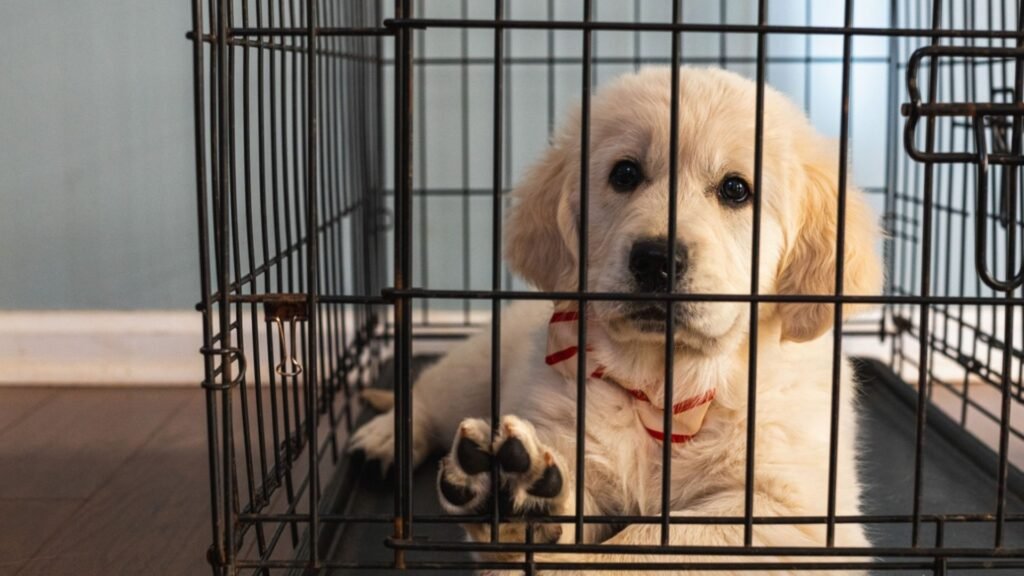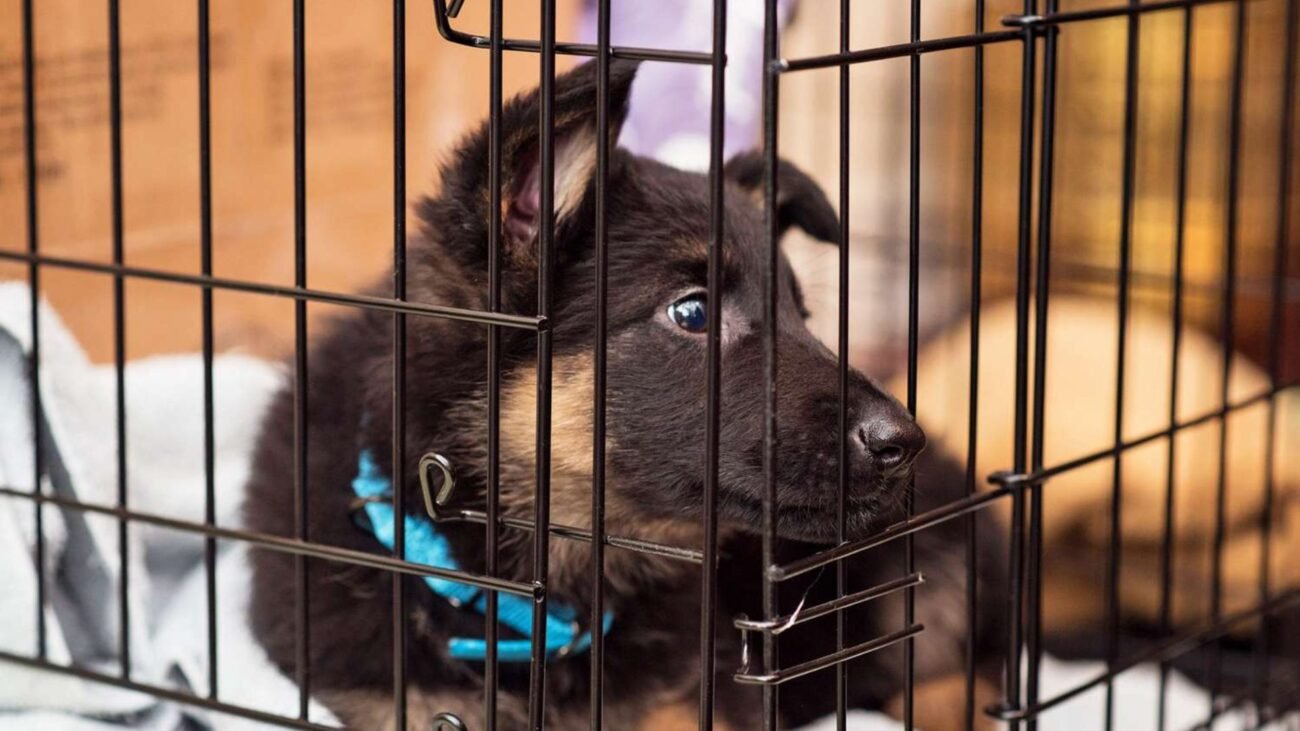Kennel training a puppy at night can feel like an uphill battle, especially when persistent whining leaves both you and your pup exhausted. However, crate training is a cornerstone of raising a well-adjusted dog, fostering security and housebreaking success. This guide unveils five science-backed, stress-free methods to curb nighttime whining, using low-competition keywords like quiet crate training for puppies and calm kennel training methods. Say goodbye to sleepless nights and hello to a peaceful routine!
Why Do Puppies Whine in Their Kennel at Night?
Before diving into solutions, understand the root causes of whining:
- Separation Anxiety: Puppies are pack animals and may panic when alone.
- Boredom or Excess Energy: Lack of daytime stimulation leads to restlessness.
- Unfamiliar Environment: New sights, sounds, and smells can overwhelm pups.
- Physical Needs: Hunger, thirst, or needing to potty.
- Negative Crate Associations: If the crate feels like punishment, fear escalates.
Addressing these triggers holistically ensures long-term success.
Method 1: Gradual Crate Introduction (Daytime Prep)

Step 1: Make the Crate Inviting
- Place soft bedding, a snuggle toy (e.g., a heartbeat plush), and treats inside.
- Use a crate cover to mimic a den-like environment.
Step 2: Associate the Crate with Positives
- Feed meals near the crate, then inside it.
- Toss high-value treats (e.g., freeze-dried liver) into the crate to encourage exploration.
Step 3: Practice Short Sessions
- Start with 5-minute increments while you’re home, gradually increasing time.
- Reward calm behavior with praise or a quiet “good boy/girl.”
Pro Tip: Avoid closing the door initially—build trust first!
Method 2: Establish a Calming Bedtime Routine
A predictable routine signals it’s time to sleep:
- Evening Playtime: Engage in 15–20 minutes of interactive play (fetch, tug-of-war) to burn energy.
- Last Potty Break: Take your pup out 30 minutes before bedtime.
- Quiet Time: Dim lights, lower voices, and avoid excitement for 1 hour before bed.
- Calming Activities: Offer a frozen Kong stuffed with mashed banana or yogurt to self-soothe.
Avoid: Rough play or feeding large meals right before bed—these disrupt digestion and sleep.
Method 3: Use Comfort Items to Soothe Anxiety
A. Scent-Based Comfort
- Place a worn T-shirt with your scent in the crate.
- Spray Adaptil (a synthetic pheromone) on bedding to mimic a mother dog’s calming influence.
B. Sound Therapy
- Play white noise or classical music to mask unsettling sounds (e.g., traffic, thunderstorms).
C. Safe Chew Toys
- Provide a durable chew like a Nylabone or rubber teething ring to distract and relax.
Avoid: Loose blankets or toys with stuffing, which pose choking hazards.
Method 4: Optimize Crate Placement & Environment
Ideal Crate Locations
- Your Bedroom: Helps pups feel secure knowing you’re nearby. Gradually move the crate farther away over weeks.
- Quiet Corner: Avoid high-traffic areas like hallways or near TVs.
Lighting Tips
- Use a dim nightlight to prevent total darkness, which can heighten anxiety.
- Ensure the room is cool (65–68°F) for optimal sleep.
Method 5: Address Nighttime Potty Needs Strategically
Age-Appropriate Expectations
- 8–12 weeks: Puppies can hold their bladder 2–3 hours.
- 3–6 months: 4–6 hours.
Pre-Bed Prep
- Limit Water: Remove the water bowl 1–2 hours before bed.
- Pre-Sleep Potty Trip: Use a leash to minimize play and focus on business.
Nighttime Potty Breaks
- Set quiet alarms every 2–3 hours initially.
- Keep interactions boring—no play or cuddles—to avoid reinforcing wake-ups.
Pro Tip: Use pee pads inside the crate ONLY if medically necessary (e.g., young or ill pups).
Troubleshooting Common Challenges
Problem: Puppy Whines After Potty Breaks
- Solution: Return them to the crate immediately after they finish pottying. Use a firm but gentle “quiet” command.
Problem: Neighbor Complaints About Noise
- Solution: Soundproof the crate area with moving blankets or offer chew toys to redirect energy.
Problem: Puppy Escapes the Crate
- Solution: Use a secure, metal crate (not wire mesh) and reinforce latch points.
FAQs: Your Top Kennel Training Questions, Answered

Q: Should I let my puppy “cry it out”?
A: No—prolonged crying worsens anxiety. Check for urgent needs (potty, illness), then calmly reassure them without removing them from the crate.
Q: When can I stop nighttime crate training?
A: Once your pup sleeps through the night without accidents (usually 4–6 months), transition to a dog bed if desired.
Q: My puppy hates the crate. What now?
A: Revisit Method 1—slowly rebuild positive associations with treats and patience.
